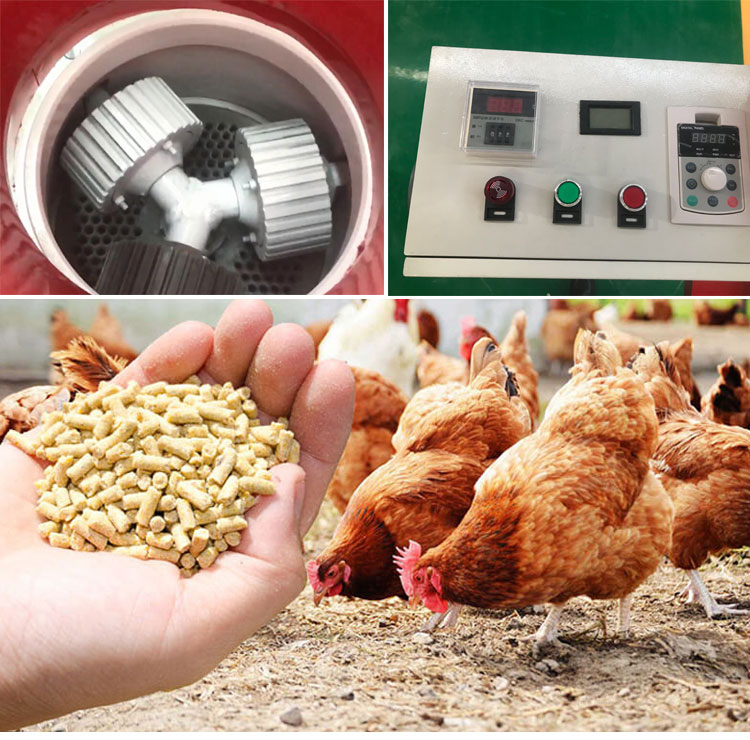Folic acid is yellow or orange-yellow crystalline powder, odorless, tasteless, almost insoluble in cold water, with the increase of water temperature and in acidic or alkaline solution, its solubility increases, but the increase of temperature or the increase or decrease of pH , can make the titer of folic acid drop rapidly, especially in acidic solutions, the loss is faster. Folic acid can also be destroyed by ultraviolet rays, but it has good stability under dry and dark conditions. It can be stored in a sealed package in a cool and dry place for at least one year.

The stability of folic acid in premix and compound feed is poor. Mainly affected by light and water content, trace minerals sulfate, chloride and choline chloride with strong hygroscopicity have a great influence on the potency of folic acid. Therefore, try to avoid compatibility with these substances. In general, folic acid loses 5% to 10% in the production process of premix or dry powder compound feed, and loses 20% to 40% after one month of storage.
The crushing, granulating and puffing of the feed will damage the folic acid more, and the loss rate is 10% to 50%. The loss of folic acid in the sterilization of canned feed increases with the increase of sterilization temperature and time, and the effect of temperature is greater than that of time, and the general loss rate is 45% to 55%. The high temperature sterilization of dry powder will destroy almost all the folic acid in the feed, and reducing the water content in the feed can reduce the loss rate of folic acid. Although the stability of the coated folic acid product is improved during the processing and storage of the feed, the loss is still very large during the extrusion and sterilization of the feed, especially autoclaving.
Maybe you can see the
feed crusher machine which will be used in the feeding production line.

